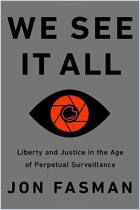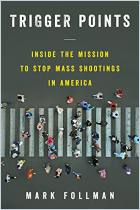Join getAbstract to access the summary!

Join getAbstract to access the summary!
John J. Lennon
Spying on Attica
How Nearly 2,000 Cameras Tamed America's Most Notorious Prison
The Marshall Project, 2018
What's inside?
Surveillance equipment is changing prison culture for the better.
Recommendation
More than two million Americans are locked up in the country’s correctional system. Yet first-hand accounts of everyday life in prisons are rare. John J. Lennon, a convicted murderer serving a sentence of 28 years to life in New York State’s prison system, honed his writing skills in prison so he could provide an insider’s view on some of the issues and concerns affecting inmates. Attica correctional facility, the maximum security prison where Lennon spent eight years, has been known for its culture of violence and abuse against inmates. For the Marshall Project, Lennon reports on how installing surveillance equipment has put an end to decades of prisoner mistreatment at New York State’s infamous Attica prison. getAbstract believes that anyone who cares about criminal justice issues won’t want to miss this insider report.
Summary
About the Author
John J. Lennon is serving a sentence of 28 years to life, including at Attica Correctional Facility and Sing Sing.


















Comment on this summary